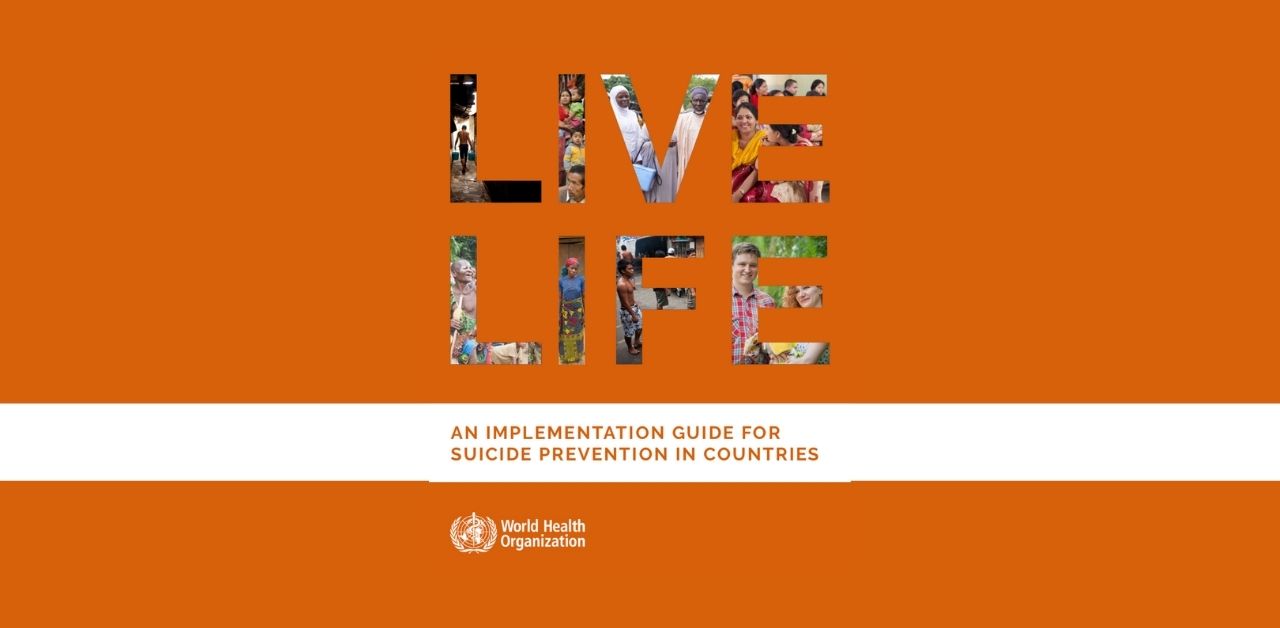On June 17th 2021, the World Health Organisation (WHO) launched the Live Life Implementation Guide. This resource has been developed for the purpose of supporting countries in their efforts to prevent suicide by means of implementing effective interventions to save lives.
The comprehensive guide lays out evidence-based strategies to prevent premature deaths by suicide. The four main interventions identified within Live Life include restricting access to means of suicide, increase responsible media reporting of suicide, promote life skills among young people and the early identification and management of risk of suicide in healthcare and beyond. Combined, these prevention components have proven efficacy in helping those experiencing mental health distress from taking their lives.
The WHO Live Life Implementation Guide is intended to support the achievement of the United Nations Sustainable Development Goal 3, target 2.4 to reduce by one third premature mortality from noncommunicable diseases through prevention, treatment and promotion of mental health and wellbeing by 2030, of which suicide mortality rate is a key indicator. The guide also contributes to the WHO’s 13th General Programme of Work 2019–2023 and the WHO Mental Health Action Plan 2013–2020, which has been extended to 2030.
Alongside Live Life, a report based on ‘Suicide Worldwide in 2019’ was launched simultaneously by the WHO. This report provides updated data on global suicide estimates as of 2019, aimed at providing an official data source for academics, development agencies, health professionals, media personnel, nongovernmental organizations, policy-maker and the general public. The recent data included in this report offers an evidence-base to inform policy planning and review, as well as targeted interventions for identified at-risk populations.
LIVE LIFE: An implementation guide for suicide prevention in countries:
https://www.who.int/publications/i/item/9789240026629
Suicide Worldwide in 2019:




